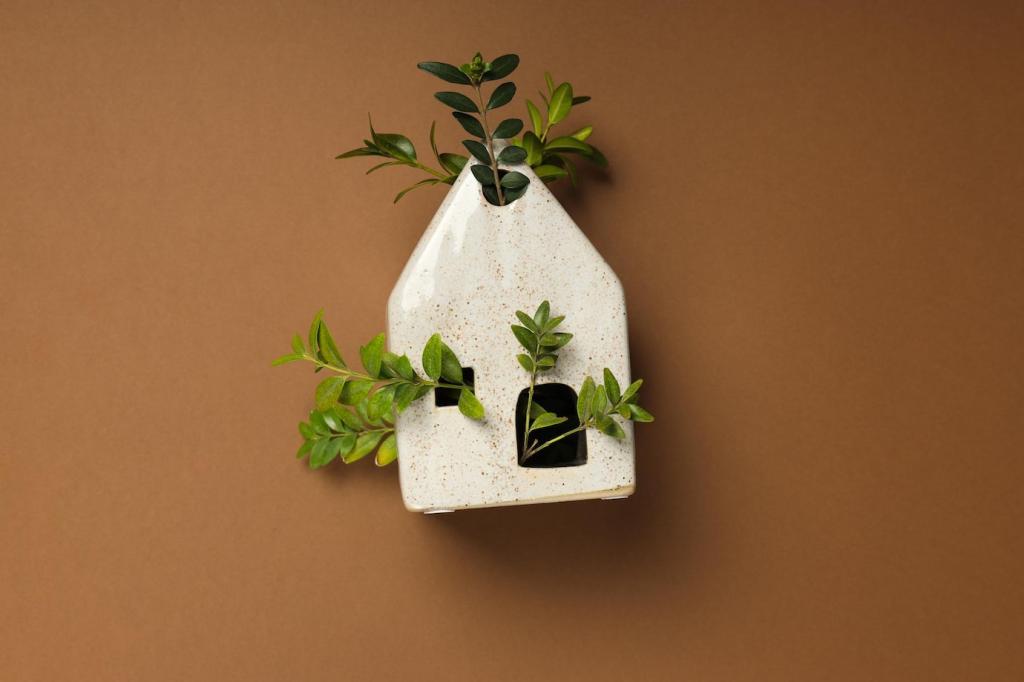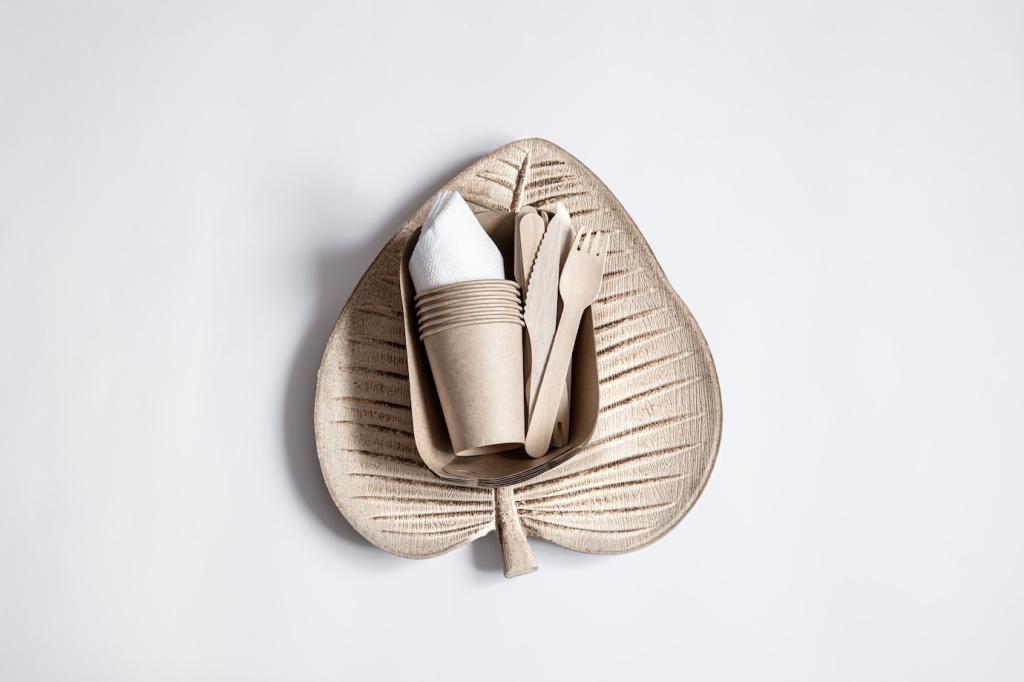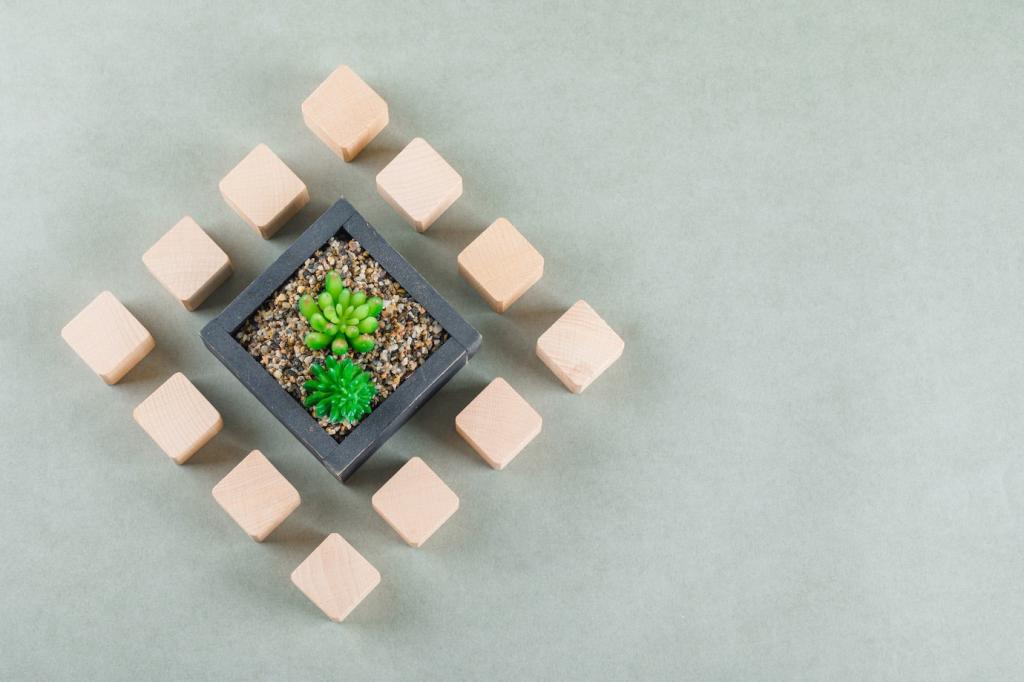Healthy Paints and Finishes That Respect the Air
Low- or zero-VOC paints minimize off-gassing, supporting clearer breathing and better sleep. Plant-based binders and waterborne finishes further reduce indoor pollutants. If you’ve switched, share your experience—did the room smell fresher faster after painting?
Healthy Paints and Finishes That Respect the Air
Mineral finishes breathe, diffuse light gently, and add velvety depth without loud patterns. Limewash and clay paints offer soft movement that still reads minimalist. Have you tried layered limewash? Tell us how the texture changed your space’s mood.
Healthy Paints and Finishes That Respect the Air
Some manufacturers reclaim pigments or repurpose surplus paint, cutting waste significantly. Choosing recycled or remanufactured options aligns palette beauty with circular values. Ask your supplier about sources, and share any eco-labels you trust with our community.








